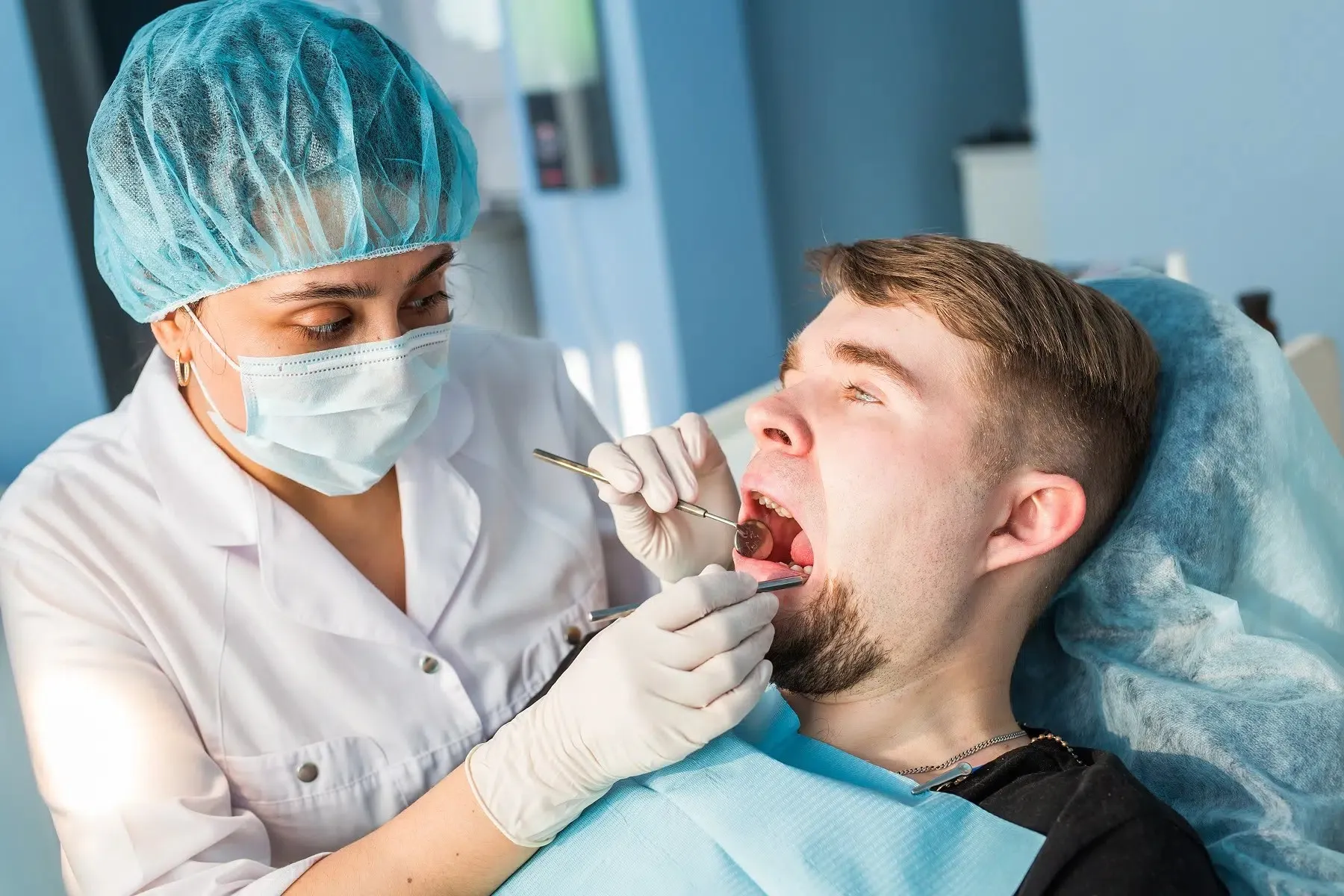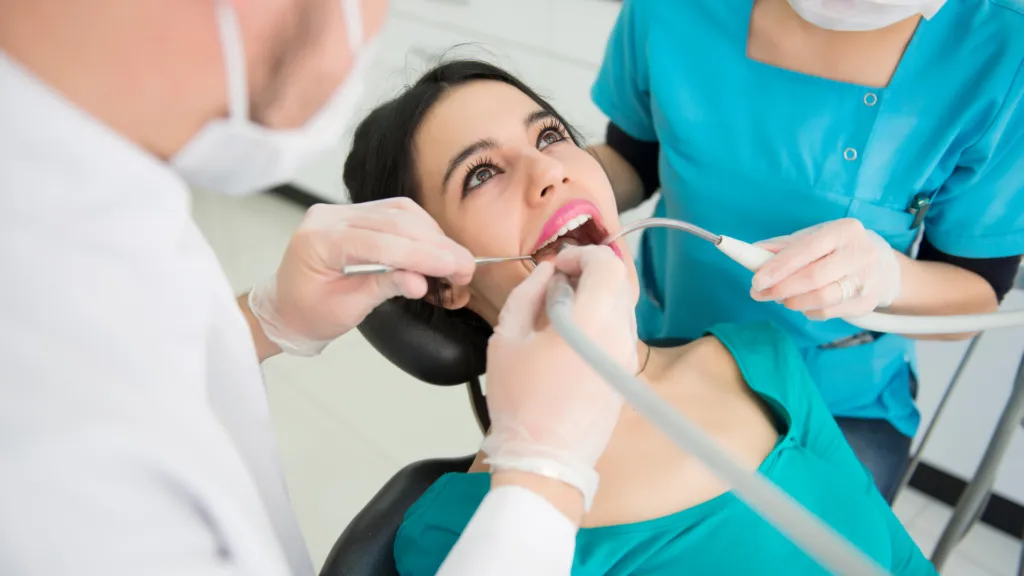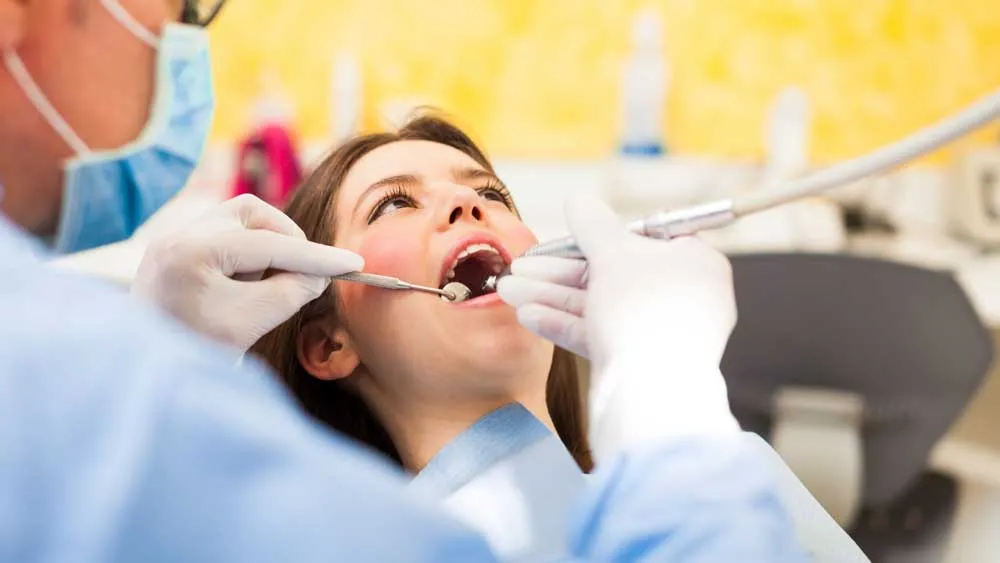
What Should You Do During a Dental Emergency? Quick Action Guide
Dental emergencies can happen when you least expect them. A sudden toothache, a broken tooth, or even a knocked-out tooth can be alarming and painful. Knowing what steps to take immediately can prevent permanent damage, reduce pain, and protect your oral health.
Dental emergencies require quick and careful action. Delaying treatment can result in infection, tooth loss, or complications affecting your overall health. This article will guide you through common dental emergencies, what to do in each situation, and when to seek urgent care from an emergency dentist.
What Counts as a Dental Emergency?
A dental emergency is any situation where dental pain, trauma, or infection threatens your teeth, gums, or overall health. Examples include severe toothaches or abscesses, knocked-out teeth, broken or chipped teeth, lost fillings or crowns, and severe bleeding from the mouth or gums. Prompt action is crucial in these situations. Early intervention can save your tooth, prevent infection, and minimize pain.
Immediate Steps for Common Dental Emergencies
Toothache
When you experience a severe toothache, rinsing your mouth with warm water helps clean the area. Gently flossing can remove trapped food particles causing discomfort. Applying a cold compress to the outside of the mouth can reduce swelling, while over-the-counter pain relievers may temporarily ease discomfort. It is important to contact an emergency dentist promptly to address the underlying cause.
Knocked-Out Tooth (Avulsed Tooth)
If a tooth is completely knocked out, pick it up by the crown rather than the root to avoid damage. Rinse it gently under water if it is dirty. Ideally, reinsert the tooth into the socket immediately. If reinsertion is not possible, place the tooth in milk or a saline solution to preserve it. Seek emergency dental care immediately, preferably within 30–60 minutes, for the best chance of saving the tooth.
Broken or Chipped Tooth
Save any broken pieces of the tooth if possible. Rinse your mouth gently to clean the area and apply a cold compress to reduce swelling. Avoid chewing on the affected side to prevent further damage. It is important to see a dentist as soon as possible to restore the tooth and prevent complications.
Lost Filling or Crown
Keep the lost filling or crown safe and, if necessary, use temporary dental cement or sugar-free gum to protect the exposed tooth. Avoid chewing on that side to prevent additional damage. Schedule an emergency dental visit promptly to restore the tooth.
Abscess or Severe Infection
If you suspect a dental abscess, rinse with warm salt water to reduce bacterial load, but do not attempt to drain the abscess yourself. Pain relievers or antibiotics should only be used if prescribed by a professional. Contact an emergency dentist immediately, as untreated infections can spread and lead to serious health risks.
Severe Bleeding
Apply gentle pressure with clean gauze to control bleeding. If the bleeding persists or is uncontrolled, seek immediate medical attention at an emergency room.
General Tips During Any Dental Emergency

Staying calm and acting quickly are essential during any dental emergency. Avoid home remedies that may worsen the problem. Keep any tooth fragments or dental restorations that may be necessary for your dentist. Use cold compresses to manage swelling and over-the-counter pain relief as directed. Most importantly, contact an emergency dentist as soon as possible for professional evaluation and care.
When to Go to the Emergency Room vs. a Dentist
Certain situations require an emergency room rather than a dental office. Go to the ER if there is trauma affecting the face or jaw, severe uncontrolled bleeding, or difficulty breathing or swallowing.
For other dental emergencies like toothaches, abscesses, broken or knocked-out teeth, lost fillings, crowns, or dental appliances, contacting an emergency dentist is the most appropriate course of action. They can provide targeted treatment and prevent further damage.
How Dentists Handle Emergency Situations
Initial Assessment and Diagnosis
When you arrive at an emergency dental appointment, the dentist first evaluates the severity of the situation. This typically involves a thorough examination of the mouth, teeth, gums, and surrounding tissues. X-rays or other imaging may be taken to identify hidden fractures, tooth root involvement, or underlying infections that are not visible to the naked eye. This step ensures that the dentist understands the full extent of the problem before starting treatment.
Immediate Pain Relief
Relieving pain is one of the dentist’s top priorities. Depending on the situation, this may involve local anesthesia to numb the area, or in more severe cases, sedation to ensure comfort. Over-the-counter or prescription pain medications may also be recommended to manage discomfort until further treatment is completed. Quick pain control helps patients feel more at ease and allows the dentist to perform necessary procedures effectively.
Treatment of the Affected Tooth
The treatment approach depends on the type and severity of the emergency. For a toothache caused by decay or infection, the dentist may perform a filling, crown, or root canal therapy. In cases where the tooth is fractured, chipped, or severely damaged, restoration with a crown or, in extreme situations, extraction may be necessary. For abscesses or infections, drainage and cleaning of the area are performed alongside antibiotics to control bacterial growth.
Infection Control
Managing infection is critical in dental emergencies. Dentists prescribe antibiotics when needed to prevent the spread of infection to other parts of the mouth or the bloodstream. Proper cleaning, debridement, and sometimes antimicrobial rinses are also used to reduce bacterial load. These measures help protect overall health while addressing the immediate dental problem.
Guidance for Follow-Up Care
After the emergency is stabilized, dentists provide detailed instructions for follow-up care. This includes guidance on oral hygiene, diet, pain management, and any temporary restorations in place. Follow-up appointments may be scheduled to monitor healing, complete permanent restorations, or assess the success of treatment like root canal therapy or crown placement.
Preventing Future Dental Emergencies
The Importance of Regular Checkups
One of the most effective ways to prevent dental emergencies is through consistent dental visits. Routine checkups allow your dentist to identify cavities, cracks, gum disease, or other issues early, before they escalate into pain, infection, or tooth loss. Professional cleanings remove plaque and tartar buildup that regular brushing alone can’t reach, keeping your teeth and gums healthy.
Daily Oral Hygiene Habits
Maintaining strong oral hygiene is essential for prevention. Brushing at least twice a day with fluoride toothpaste helps strengthen enamel and remove food debris. Flossing daily cleans between teeth, where cavities often form, and helps prevent gum disease. Using mouth rinses, especially fluoride or antimicrobial types, adds an extra layer of protection against bacteria that cause decay and infection.
Protecting Teeth During Sports
For patients who participate in sports, wearing a custom-fitted mouthguard can protect teeth from trauma caused by falls, collisions, or accidental blows to the face. Mouthguards absorb impact, reducing the risk of chipped, fractured, or knocked-out teeth.
Night Guards for Teeth Grinding
Bruxism, or teeth grinding, is a common issue that can lead to cracked or worn teeth over time. Night guards provide a protective barrier between the upper and lower teeth, reducing wear and preventing damage to both natural teeth and dental restorations.
Avoiding Risky Habits
Simple habits can make a big difference in preventing emergencies. Avoid chewing on hard objects such as ice, pens, or hard candies, which can easily fracture teeth or dislodge fillings. Be mindful of opening packages or bottles with your teeth, as this can also cause cracks or chips.
Prompt Treatment of Minor Issues
Even minor dental issues should be addressed promptly. Small cavities, minor fractures, or loose fillings can worsen if ignored, potentially leading to infections or tooth loss that require emergency care. Early intervention not only preserves the tooth but also reduces the need for more extensive and costly procedures.
Stay Prepared and Act Quickly

Dental emergencies can be stressful and sometimes frightening, but being prepared and knowing how to respond can make all the difference in protecting your teeth and overall health. Acting quickly and calmly during a dental emergency not only prevents further damage but also reduces pain, minimizes infection risk, and increases the chances of saving your natural teeth.
It’s important to remember that even small dental issues, if left untreated, can escalate into emergencies. A seemingly minor toothache or loose filling can develop into an abscess or severe infection if ignored. Knowing the signs of an emergency and having a plan in place allows you to respond efficiently and seek professional care when needed.
Keeping all tooth fragments, using temporary protective measures such as dental wax or gauze, and contacting an emergency dentist promptly ensures the best possible outcome. Temporary steps like rinsing with warm water or applying cold compresses can relieve discomfort and protect damaged teeth until you reach professional care, but they are not substitutes for treatment.
The Long-Term Perspective
Beyond immediate care, dental emergencies highlight the importance of proactive oral health management. Regular checkups, professional cleanings, and preventive treatments can reduce the risk of future emergencies. Maintaining strong enamel through fluoride use, avoiding overly hard foods, and wearing protective gear during sports or nighttime grinding can prevent many accidents or fractures.
For patients who experience frequent dental emergencies, dentists may recommend additional protective measures, restorative work, or lifestyle adjustments to safeguard oral health in the long term. Educating yourself about dental care and staying vigilant about symptoms can prevent emergencies before they occur.
Reassurance and Final Thoughts
Experiencing a dental emergency can feel overwhelming, but prompt action and professional intervention are highly effective. Modern dentistry offers solutions that relieve pain, preserve teeth, and restore oral function. By acting quickly, keeping calm, and following your dentist’s guidance, you can navigate emergencies safely and protect your smile for years to come.

